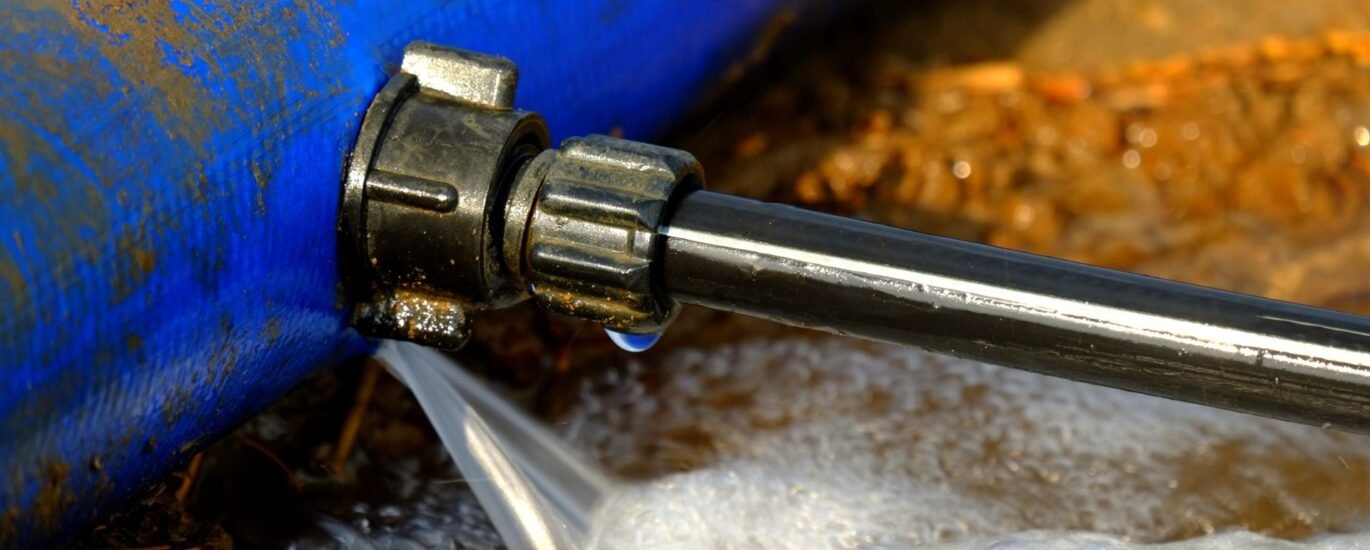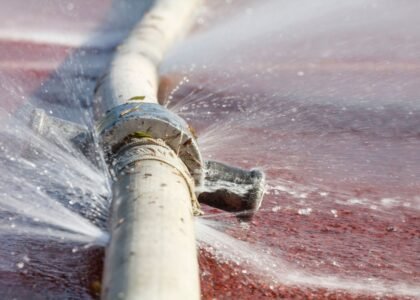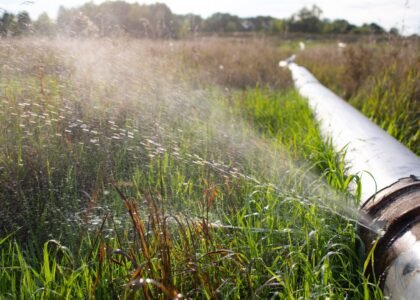Knowing that you have a leak is only half the battle — the real question is where and how badly. In this second blog, we’ll dive into the most effective leak detection methods used today. If you haven’t yet, you might first read our post about why hidden leaks are dangerous.
Let’s walk through how expert technicians locate leaks accurately — and how these methods connect to the risks discussed earlier.
The Strategy Behind Leak Detection
At a high level, leak detection is about:
- Gathering clues (symptoms, inspection, water usage)
- Selecting the appropriate tools
- Non-destructive testing
- Zeroing in on the precise leak point
- Verifying the detection result
Every method has strengths and tradeoffs (cost, depth, substrate). A skilled technician blends approaches depending on context.
Core Leak Detection Methods (and When They’re Used)
Here are the main techniques in a leak detection toolkit:
Acoustic / Sound Detection
- How it works: Sensitive listening devices pick up the telltale noise of water escaping under pressure.
- When used: Underground pipes, behind walls, below slabs.
- Pros: Non-invasive, works well through soil and walls.
- Cons: Requires a quiet environment; noise interference (traffic, appliances) can complicate detection.
A specialized device known as a leak noise correlator is often used — it places sensors at two or more points and uses cross-correlation to compute where the leak lies between them. Wikipedia
Thermal Imaging & Infrared Cameras
- How it works: Leaking water changes surface temperature. Infrared cameras detect subtle hot or cold spots on surfaces.
- When used: Within walls, ceilings, under floors, or near piping runs.
- Pros: Non-destructive, quick scanning.
- Cons: Ambient conditions (insulation, temperature gradients) can mask or mislead.
Moisture Meters / Hygrometers
- How it works: These tools measure relative moisture content inside building materials (drywall, wood, concrete).
- When used: After suspecting moisture, to localize its concentration.
- Pros: Lightweight, easy to use, complements other methods.
- Cons: Doesn’t necessarily show the pipe location — only the wet test zone.
Video Pipe Inspection (CCTV / Pipe Cameras)
- How it works: A small camera is fed through the interior of pipes, transmitting video to the technician.
- When used: In drain lines, sewer lines, accessible plumbing branches.
- Pros: Visual confirmation of cracks, corrosion, root intrusion.
- Cons: Doesn’t always reach every pipe, may need access points or clean-outs.
Tracer Gas / Gas Injection
- How it works: A non-toxic gas (e.g. a mix of nitrogen and hydrogen) is introduced into a closed pipe system. Escaping gas will emerge through leaks and can be detected above ground with a sensor.
- When used: Pipes without water flow (e.g. reclaimed lines, sometimes where water methods are impractical).
- Pros: Highly sensitive, works well in inaccessible or empty lines.
- Cons: Costlier, requires sealing system, gas handling equipment.
Smoke Testing (for sewer & drains)
- How it works: Non-toxic artificial smoke is blown into drain or sewer systems under slight pressure; smoke exits where there are cracks or leaks.
- When used: Checking sewer lines, vents, or sanitary waste systems.
- Pros: Visual detection of openings in plumbing/waste lines.
- Cons: Only for vented or open systems; doesn’t locate small internal water line leaks.
- Trivia: Smoke testing is a traditional plumbing method still in use today. Wikipedia
Advanced & Emerging Techniques
Newer technologies are enhancing leak detection:
- Fiber-optic sensing + AI: Vibration or acoustic signals along fiber-optic cables are processed by intelligent algorithms to detect very small leaks. arXiv
- Machine learning on acoustic data: Devices can classify leak vs non-leak sounds using trained models, improving sensitivity down to fractions of a liter per minute. arXiv
- Network-based flow/pressure modeling: For large water distribution systems, graph partitioning and targeted measurements help isolate leak zones. arXiv
These methods push detection limits and reduce manual effort in large, complex systems.
Matching Method to Scenario
Here’s a quick guide to which method fits common leak situations:
| Scenario | Likely Method(s) | Why |
|---|---|---|
| Leak under slab | Acoustic + thermal + correlator | You need to hear through concrete and detect temperature change |
| Leak behind wall or ceiling | Thermal + moisture meter + acoustic scans | Surface temperature + interior moisture clues |
| Drain or sewer line crack | Video inspection + smoke test | You can run a camera or force smoke through the system |
| Irrigation / underground yard lines | Acoustic + tracer gas | Soil coverage may block visual, gas works underground |
| Large distribution network leak | Flow/pressure monitoring + graph partitioning | Detect broad anomalies and narrow down zones |
Good technicians often combine methods to confirm results before marking for repair.
How Detection Results Inform Repair Strategy
Once a leak is located, the report typically includes:
- Exact location (e.g. “5 ft east of wall stud, 2 ft below floor surface”)
- Type of leak (pinhole, joint crack, pipe corrosion)
- Severity (flow estimate, condition of surrounding plumbing)
- Recommended repair approach (spot repair, pipe replacement, rerouting)
These details minimize destructive opening and help plan budgets. The result is usually passed to your plumbing contractor who performs the repair.
Common Challenges & Limitations
No method is perfect. Here are typical hurdles:
- Noise pollution (traffic, appliances) interfering with acoustic methods
- Insulation, drywall, or surface finishes masking thermal signatures
- Complex piping layouts, multiple branching lines
- Pipe accessibility limitations (no clean-out, sealed access)
- Environmental factors (soil moisture, temperature gradients)
- Noncontinuous leaks (intermittent flow)
That’s why a combination of methods often gives the best result.
Why Professional Leak Detection Matters
When compared to DIY trial methods, professionals bring:
- Calibrated, industry-grade instruments
- Experience in interpreting ambiguous signals
- Minimal intrusion (only open what’s needed)
- Reliable, repeatable results
- Ability to integrate detection with repair planning
If you’re dealing with signs of trouble — perhaps from Blog 1’s symptoms — or simply want peace of mind, check out our Leak Detection service page or get in touch via our Contact Page.



